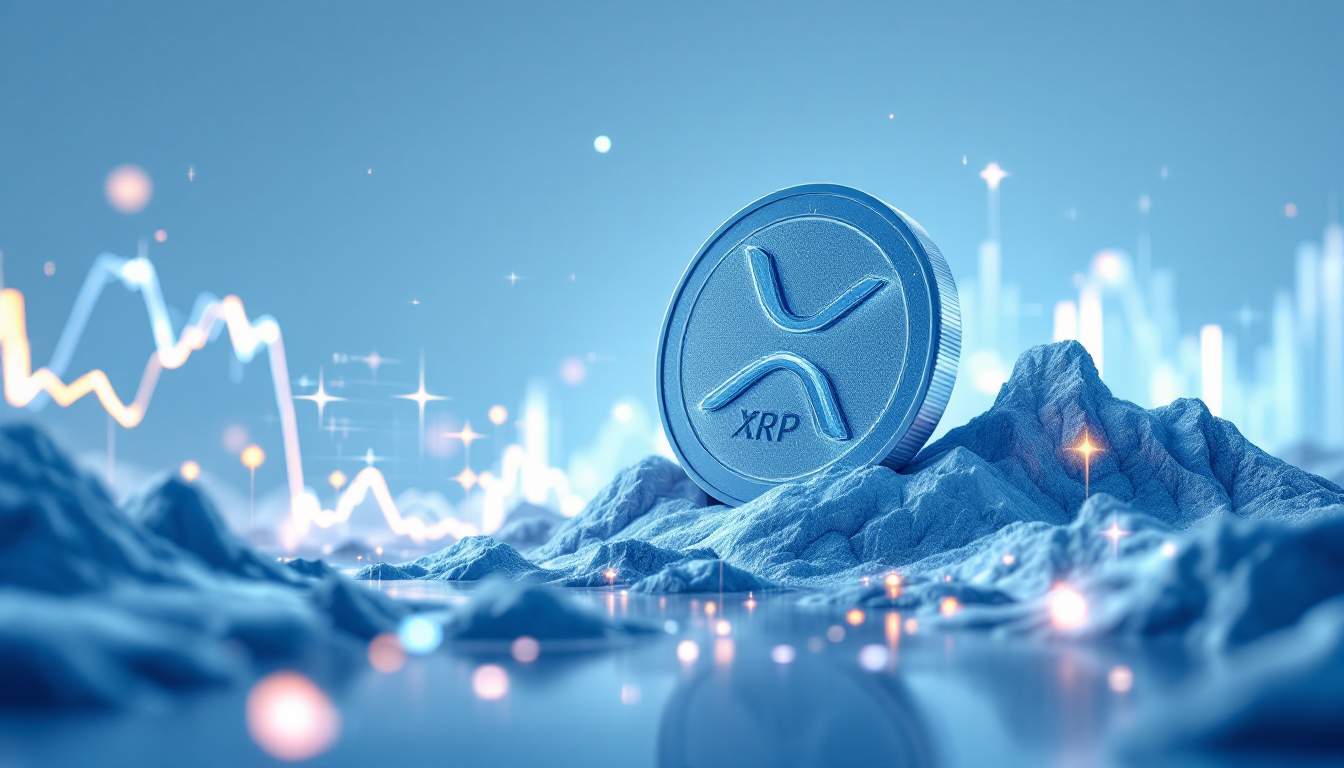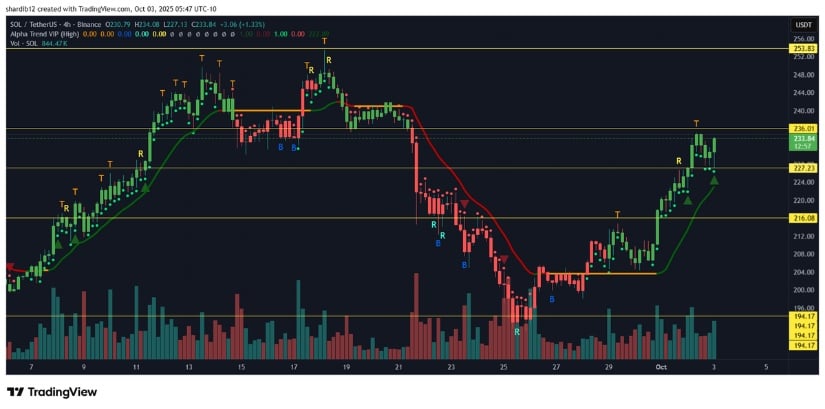Category: Crypto News, News
XRP Price Prediction: What Can We Expect From the Market?
What recent price actions have been observed for XRP?
XRP has recently shown resilience by maintaining a crucial level of support at $2.70, with current trading hovering around $2.94, marking a 4% uptick over the past day. Technical indicators suggest a possible rebound towards the $3.15 level, with projections extending up to $5.00 by late 2025. The price movements indicate robust buyer activity at lower levels, a trend supported by an increase in trading volume during this ascent, implying accumulation rather than distribution.
Analyst Ali Martinez has noted that XRP could potentially rise towards the $3.00 to $3.15 range based on recent market developments. A four-hour chart shows consolidation around the $2.90 area, with key resistance zones identified at $3.20 and $3.60. The support at $2.70 has been reinforced as a demand zone, and failure to maintain this support could lead to a drop towards $2.40.
How is South Korea impacting XRP’s trading volume?
South Korea holds a vital role in the global cryptocurrency market, especially concerning XRP. With over 10 million active crypto accounts in the nation, it’s evident that the trading volume of XRP on the Upbit exchange has recently eclipsed that of Bitcoin, with $288.7 million reported in daily trading volume versus Bitcoin’s $243.8 million. This surge reflects a strong interest from retail investors, particularly in the XRP/KRW pair.
The “Kimchi Premium”, which refers to a price increase favoring Korean exchanges, further encourages speculative trading and may heighten volatility. Historically, South Korean exchanges have led significant price movements for key cryptocurrencies, and this concentrated interest in XRP has the potential to create liquidity spillovers that can affect broader Asian markets, often setting the stage for regional demand and price trends.
Why are ETF approvals important for XRP’s market presence?
The approval of cryptocurrency ETFs represents a crucial development for XRP and the broader crypto landscape. As noted by Bloomberg’s senior ETF analyst Eric Balchunas, the probability of altcoin ETFs receiving approval has reached 100%. This optimism comes after the SEC approved new listing standards for crypto ETFs, simplifying the process for various tokens.
Seven pending XRP ETF applications are under review by the SEC, with total assets under management exceeding $150 billion. Approval timelines are anticipated between mid-October and mid-November. If granted, these ETFs could significantly stimulate institutional interest in XRP, driving prices upward and increasing its market influence. However, regulatory hurdles could dampen XRP’s price and market sentiment.
How might fintech startups utilize XRP in their payroll solutions?
Fintech startups in Asia could leverage XRP’s unique qualities to enhance their crypto payroll offerings. With XRP’s speed and minimal transaction fees, startups can enable immediate and affordable salary payments to employees across various countries, reducing dependence on conventional banking systems. This is especially relevant in Asia’s fragmented financial ecosystems.
To counter the volatility associated with XRP, startups should establish effective risk management policies. This might involve automatic conversion to stablecoins or local fiat at the time of payroll processing, ensuring employees receive fixed amounts. Utilizing XRP for liquidity management can also minimize the need for pre-funding and improve capital efficiency.
Staying abreast of regulatory changes will be essential, as these developments can have a substantial impact on XRP’s functionality and price stability. Informing clients and employees about the advantages and risks of crypto payroll will foster trust and support adoption.
What strategies should SMEs implement to mitigate cryptocurrency volatility?
European SMEs can tackle potential volatility in XRP and other cryptocurrencies through a comprehensive strategy. Key approaches include:
-
Diversification: Don’t depend only on XRP; maintain a diverse portfolio of cryptocurrencies and stablecoins to lessen reliance on any one asset’s volatility.
-
Risk Management: Engage in ongoing technical and fundamental analysis to foresee price changes and prepare for market shifts. Employ derivatives or stablecoins as hedges against sudden declines in XRP value.
-
Regulatory Compliance: Keep an eye on evolving regulations like the EU’s MiCA framework to guarantee compliance and adjust operations as needed. Regulatory clarity can diminish uncertainty and streamline crypto integration.
-
Operational Preparedness: Anticipate challenges in payroll and payment systems due to volatility by exploring stablecoin alternatives or different mechanisms that ensure stable value transfers.
-
Utilizing XRP’s Assets: SMEs may take advantage of XRP’s rapid transaction speeds and low costs for cross-border payments, enhancing cash flow and operational efficiency.
Ultimately, by embracing a diversified and proactive risk management strategy while monitoring regulatory changes, SMEs can effectively address the volatility of XRP and other cryptocurrencies in their financial operations.
Written by : Editorial team of BIPNs
Main team of content of bipns.com. Any type of content should be approved by us.
Share this article:









